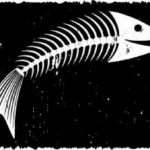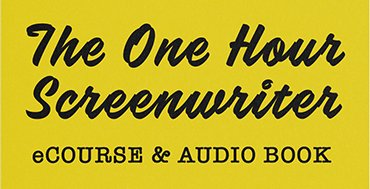Adaptation
WEDNESDAY WRITING ADVICE


I believe a writer/producer/director needs only to honor the emotional truth of an adapted work. Facts, “what really happened”, ancillary characters, and chronology can all be altered or shifted in service of portraying the emotional core of the story on screen.
Your job is to tell what is MOST TRUE about the character and story. Lots of things might be true or were true over time, but that’s not a movie. Life is chaotic, contradictory, and confusing. Film is not.
That doesn’t mean it’s okay to disregard key factual elements of the story for no reason. Hue to the original story structure until it gets in the way of the emotional through line. Then, toss out anything that detracts from what the film is meant to convey at its heart.
It’s rather like a fish. All the disparate elements have to support the spine. All creatives choices must connect directly to the emotional core. Ancillary characters might need to be eliminated or combined, facts might need to be ignored or glossed over, chronology might need to be shifted. All the story “bones” must directly connect with the film’s “spine”. Concentrate on what is most true. Leave the rest behind.
The way to determine the emotional core of the film is to find what is at the center of the protagonist’s emotional journey. Drawing a Character Map will help you do this. Click HERE
If you’re on Pinterest, why not follow my Pinterest board full of useful writing advice? It will be updated weekly, so you can keep track if you ever need an excellent video essay, or some relevant advice to whatever problems you are facing. You can always drop me a line at [email protected] with the subject “Ask Laurie” and I will do my best to answer it. I might even include it in an upcoming edition of Writing Advice Wednesday!
SaveSaveSaveSave



Create a visual map for a character’s emotional journey. Pull stories from character rather from rote story structure beats. Some of the largest international media companies, use this in story and character development.


A clear concise guide for writers and producers to have by their side as they embark on a project. It gives a really vital reminder of what is key for story success.

No comment yet, add your voice below!